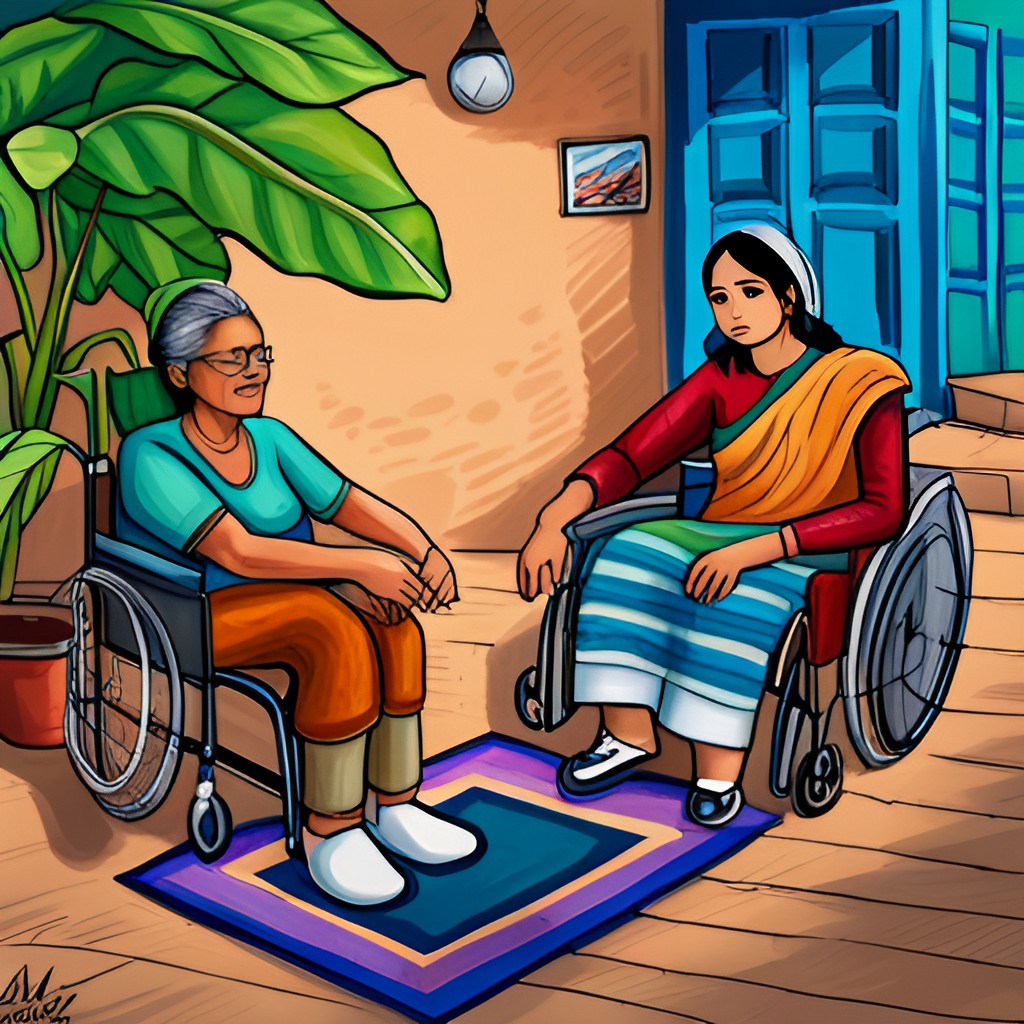Disability rights have been a central focus of the global dialogue on human rights and inclusivity. But as the world grapples with creating a more accessible and accepting environment, the interpretation and implementation of these values differ vastly across geographical boundaries. In the heart of the hustle and bustle of India, one can sense a widely varying approach to disability from the bustling streets of its cities to the quiet communities in remote areas. This stands in stark contrast to the landscape of understanding and provision found in the egalitarian streets of Australia. How, then, do these two nations compare when it comes to the inclusivity and quality of life for people with disabilities?
Unveiling Stigma and the Supernatural in India
In India, the landscape for those living with disabilities can be a challenging one to traverse. Societal attitudes, often deeply rooted in cultural, religious, and historical norms, play a significant role in how disabilities are perceived and managed. Conversations around disability often lead to whispers, as there still exists a stigma that associates it with badkarma, sins, or supernatural causation. This often results in the application of ‘treatments’ that are ineffective at best, and inhumane at worst.
People with disabilities in India often face a severe lack of infrastructure and public policies focused on inclusivity. The provisions for accessibility, such as ramps, accessible toilets, and assistive technologies, are far from adequate. Furthermore, educational institutions and workplaces continue to pose significant barriers, both physical and attitudinal, that prevent equal participation and opportunities.
Traditional practices and cultural norms that surround disabilities challenge the very fabric of inclusivity. The onus falls on shaking the foundations of these beliefs to pave the way for a more inclusive future. Initiatives need to be taken at the grassroots and governmental levels to redefine the narrative on disabilities, shifting from supernatural myths to social inclusion and equal rights.
Australia’s Path to Inclusive Living
Compare this to the southern hemisphere, where Australia’s approach to the social model of disability provides a stark contrast. Australia’s legal framework and advocacy have been pivotal in driving the conversation towards an inclusive society. The Disability Discrimination Act of 1992 offers a comprehensive structure for promoting equal rights, opportunities, and Access.
The country boasts an extensive network of disability support services, welfare schemes, and educational quotas to ensure that individuals with disabilities are not only integrated but actively partake in advancing their communities. From urban spaces to remote regions, there is a concerted effort to make public utilities, transportation systems, and work environments accessible to everyone.
Australia does not shy away from addressing the historical and present discrimination against people with disabilities. The National Disability Strategy and periodic review mechanisms ensure that inclusivity is not just a buzzword, but a national objective continually pursued.
The Australian experience reflects an environment where policy and practice align to create a supportive, inclusive ecosystem for people living with disabilities. This model, however, is not without its challenges. The primary struggle is to maintain an evolving conversation and to implement strategies that consider individual needs within the larger framework of equality.
Recalibrating the Compass of Inclusivity in India
For a nation as diverse as India, grappling with inclusivity is a multifaceted endeavor that requires systemic changes across various levels. First and foremost, the conversation on disabilities must be normalized. Disability is part of the human experience and should be represented and included in mainstream media, education, and public discourse. Legislations similar to Australia’s DDA should be streamlined and enforced to provide strong legal backing for the rights of individuals with disabilities. Educational institutions and workplaces must become more accommodating and adaptive, ensuring that people with disabilities have access to opportunities for growth and development. NGOs and advocacy groups have played a significant role in raising awareness and providing critical support systems. Collaborations between these grassroots organizations, the private sector, and the government can achieve overarching progress. Innovative solutions using technology and community involvement can bridge the vast inclusivity gap.

